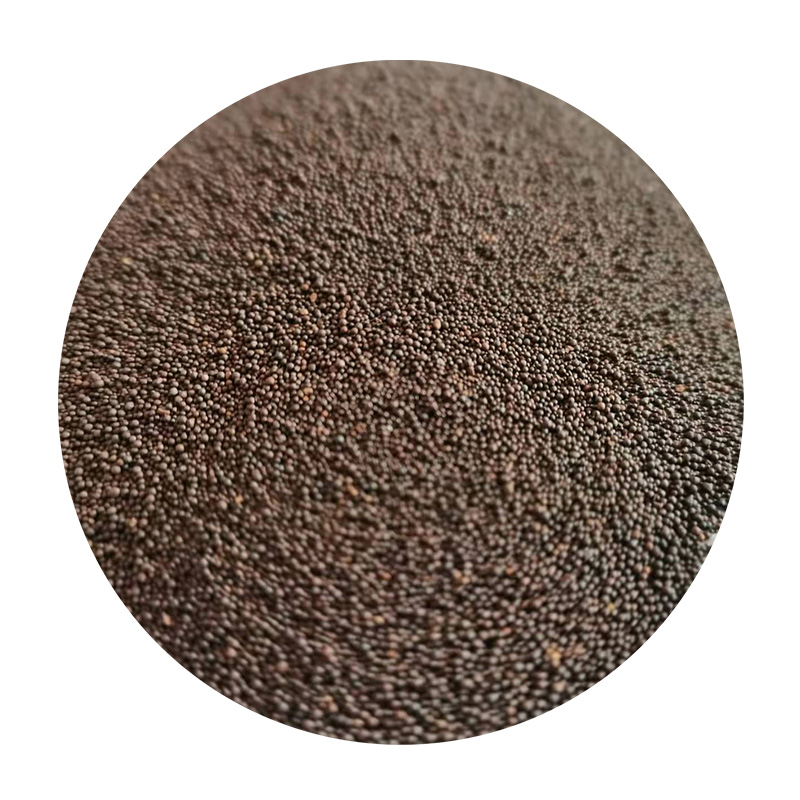 Sand casting allows for larger parts to be produced and is more economical for small batch or prototype productions Sand casting allows for larger parts to be produced and is more economical for small batch or prototype productions
Sand casting allows for larger parts to be produced and is more economical for small batch or prototype productions Sand casting allows for larger parts to be produced and is more economical for small batch or prototype productions difference between die casting and sand casting. The surface finish is generally coarser compared to die casting, and additional machining may be needed to achieve the required tolerances.
One key difference lies in the materials used. Die casting typically employs non-ferrous metals like aluminum, zinc, and magnesium, while sand casting can handle a broader range of metals, including ferrous (iron-based) and non-ferrous alloys. Additionally, the production speed is significantly higher in die casting due to the reusability of the dies, whereas sand casting is slower because molds need to be prepared individually.
In conclusion, the choice between die casting and sand casting depends on the project's specific requirements. If precision, consistent quality, and high volume production are crucial, die casting might be the best option. Conversely, if flexibility, lower costs, and the ability to work with a variety of metals are more important, sand casting would be the preferred method. Both techniques play vital roles in shaping the world of metal fabrication, offering manufacturers the tools they need to create diverse and innovative products.
Post time:Jun . 22, 2024 00:33
difference between die casting and sand casting. The surface finish is generally coarser compared to die casting, and additional machining may be needed to achieve the required tolerances.
One key difference lies in the materials used. Die casting typically employs non-ferrous metals like aluminum, zinc, and magnesium, while sand casting can handle a broader range of metals, including ferrous (iron-based) and non-ferrous alloys. Additionally, the production speed is significantly higher in die casting due to the reusability of the dies, whereas sand casting is slower because molds need to be prepared individually.
In conclusion, the choice between die casting and sand casting depends on the project's specific requirements. If precision, consistent quality, and high volume production are crucial, die casting might be the best option. Conversely, if flexibility, lower costs, and the ability to work with a variety of metals are more important, sand casting would be the preferred method. Both techniques play vital roles in shaping the world of metal fabrication, offering manufacturers the tools they need to create diverse and innovative products.
Post time:Jun . 22, 2024 00:33
Next:Sand casting is a versatile technology.
